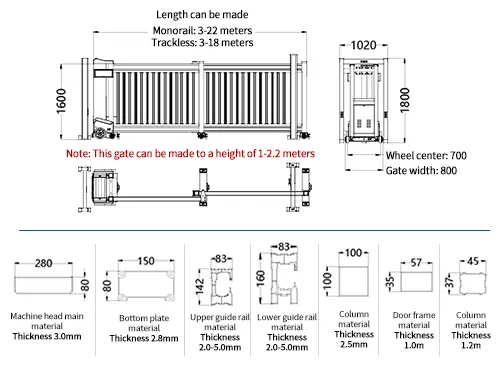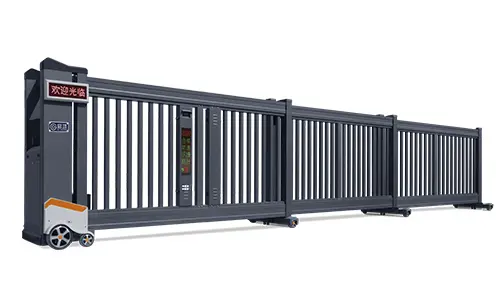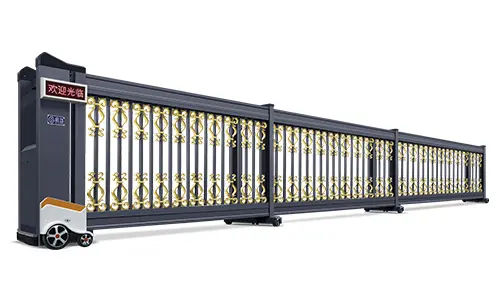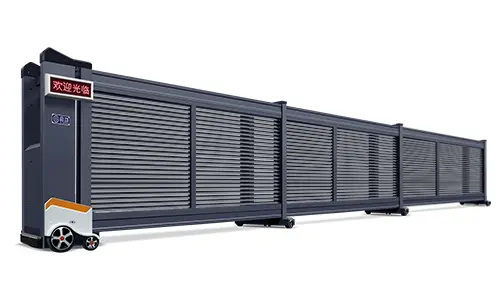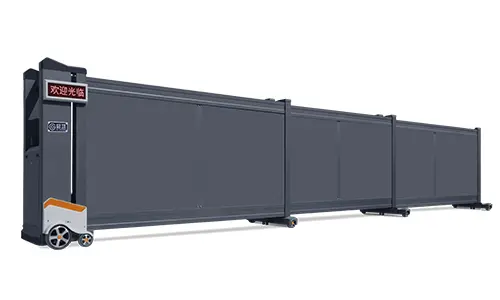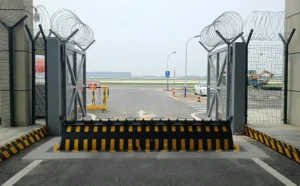A Comprehensive Guide to Choosing Telescopic Sliding Gates
In today’s industrial landscape, telescopic sliding gates—often referred to as electric sliding gates, automatic sliding gates, or industrial sliding gates—play a crucial role in securing and streamlining operations in various settings, including warehouses, factories, and workshops. These gates are known for their space-saving design, reliable automation, and impressive sealing capabilities. However, choosing the right gate requires thoughtful consideration of several factors to ensure long-term efficiency, safety, and cost-effectiveness.
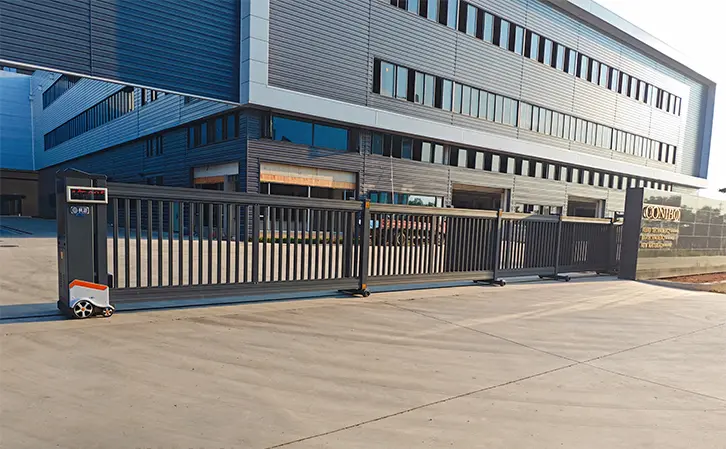
1. Define Your Usage Scenarios and Requirements
Before selecting a telescopic sliding gate, it’s vital to clearly understand the application and the specific requirements of your industrial environment. Different settings demand unique features, such as specific gate dimensions, weight-bearing capacity, opening speed, and sealing capabilities. For example, high-traffic areas may prioritize gates with faster operation speeds, while spaces requiring tight security will focus on durability and automation features. By matching your needs with the gate’s capabilities, you can ensure that the gate will perform optimally in your particular setting.
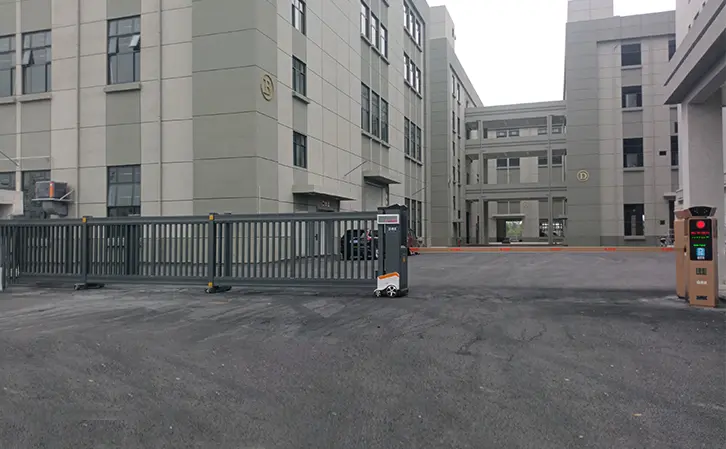
2. Evaluate the Gate’s Material and Structural Integrity
The longevity and safety of a telescopic sliding gate are directly tied to its construction. Materials like high-grade steel or aluminum are favored for their strength and resistance to wear and tear, particularly in harsh industrial conditions. The design of the gate should also be considered—opt for gates that use sectioned panels, as these are easier to install, maintain, and replace. Additionally, ensure that the surface treatment (e.g., powder coating, galvanization, or anodizing) enhances the gate’s resistance to corrosion and provides a long-lasting, aesthetically pleasing finish.
3. Motor and Control Systems: The Heart of the Operation
The performance of the electric sliding gate hinges on its motor and control system. Whether you choose a telescopic sliding gate or another variant, prioritize motors that are powerful enough to handle the gate’s weight and opening frequency. Specifications such as torque and speed will impact both the operational efficiency and the safety of the gate. Furthermore, the control system should be intuitive and stable, offering reliable automation features like remote control, timed operation, and sensor-based opening. High-quality control systems reduce maintenance needs and extend the overall lifespan of the gate.
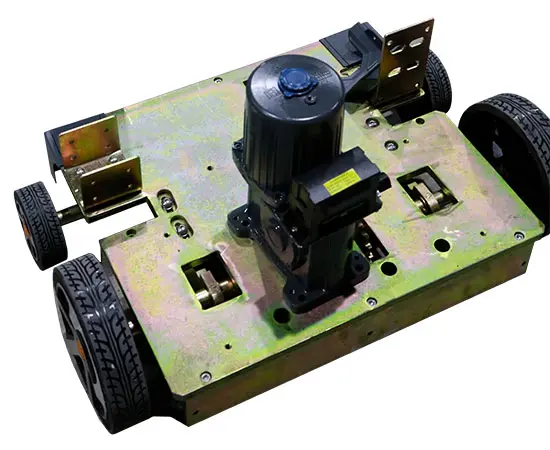
4. The Opening Mechanism and Speed: Balance Efficiency and Safety
The gate’s opening method—whether manual, remote-controlled, or sensor-activated—should be selected based on the specific demands of your industrial environment. For instance, automatic sliding gates with sensor-based systems are ideal for high-traffic environments, where manual operation would slow down workflow. Speed is another critical factor: while a faster gate may enhance throughput, it’s essential to balance this with safety, ensuring that the gate doesn’t pose risks to personnel or equipment. Look for models with adjustable opening speeds to suit varying conditions.
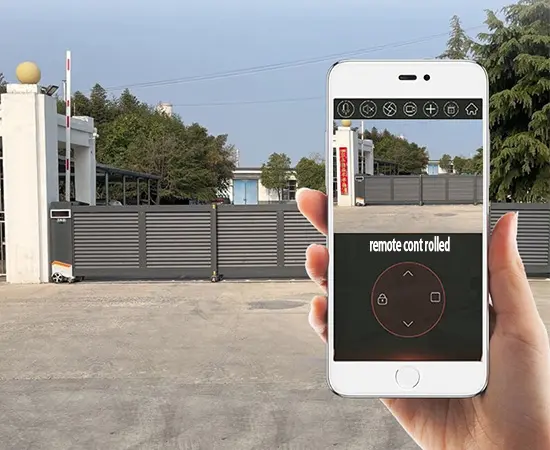
5. Don’t Overlook After-Sales Support and Maintenance
Like any mechanical system, telescopic sliding gates require regular maintenance to perform at their best. Before purchasing, research the manufacturer’s after-sales services, including warranty coverage, repair response times, and the availability of replacement parts. This ensures that any issues, such as motor malfunctions or structural damage, can be addressed promptly, minimizing downtime. Gates backed by strong customer support tend to have a longer service life and are more cost-effective in the long run.
6. Safety Features: A Non-Negotiable Element
Industrial gates must adhere to strict safety standards. When selecting a telescopic sliding gate, prioritize models with built-in safety mechanisms such as anti-pinch sensors, which detect obstructions, and emergency stop functions that allow for quick halts in case of malfunction. Anti-collision features and malfunction alarms add an extra layer of protection, preventing accidents and safeguarding both personnel and property. Always ensure that the gate complies with relevant safety certifications and standards.
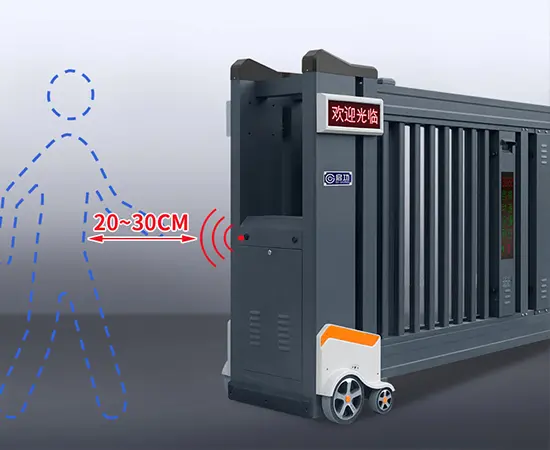
7. Consider the Cost-Effectiveness of Your Investment
While the initial cost of a telescopic sliding gate is a significant consideration, it’s equally important to evaluate the gate’s long-term cost-effectiveness. Rather than simply opting for the cheapest option, look for a gate that balances performance, durability, and price. Consider factors like energy efficiency, maintenance requirements, and the lifespan of both the motor and gate structure. A more expensive gate with low maintenance needs and superior reliability will often prove to be the better investment over time.
Conclusion: Make an Informed Decision
Selecting the right telescopic sliding gate for your industrial needs involves a comprehensive evaluation of factors ranging from material quality to motor performance and safety features. By carefully considering the application, control system, safety elements, and after-sales support, you can invest in a sliding gate that offers long-term reliability, enhanced security, and operational efficiency.

